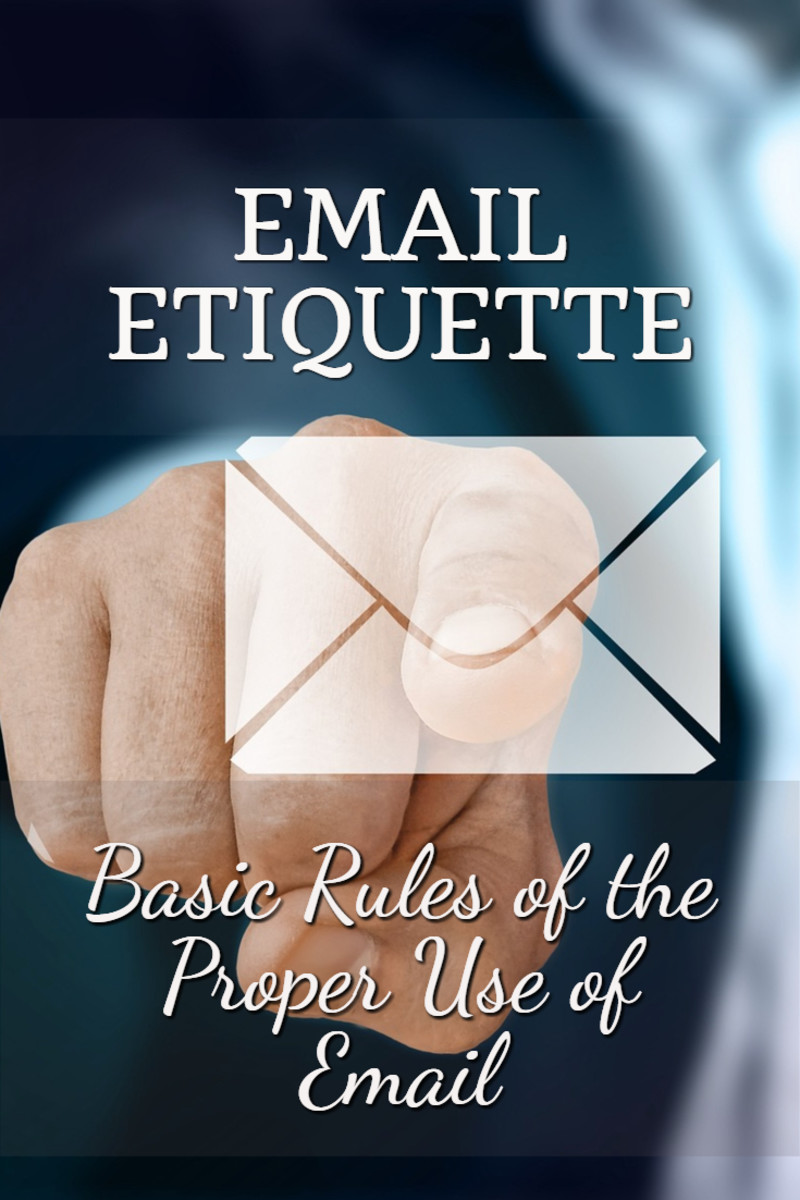How to Manage Email in Less than 30 Minutes a Day

Even though it totally revolutionized how we communicate, email can be an overwhelming task for anyone in business. But what if you could learn how to manage email in less than 30 minutes a day? Yes, it's possible! But it does take a systematic approach and the right mindset.
Ready to get started on managing your email monster?
The Time Study
Some years back, I was feeling overwhelmed and underpaid. Why? My life and my time were being sucked away from me by a host of unproductive activities including being too active on social media, marketing to the wrong markets and, of course, email. But, interestingly, I didn't realize these were some culprits until I hired a business coach and he suggested I look at better managing my time.
Arrogantly, I thought I was a great manager of my day and my time. What my coach recognized is that I was getting things done by a brute force, whatever-it-takes attitude that kept me working until midnight or later. I was keeping up by staying up.
So my homework was to write down every single activity I did—in five minute increments no less—from the time I woke up until I went to bed (but not necessarily to sleep). Not surprisingly, I found that my day was filled with busy work that wasn't keeping my business busy with paid work.
That was it. I had to get control and get a life. And email was part of that equation.
How much time do you spend on email per day?
How More is Less When It Comes to Managing Email
One of my biggest problems with handling email was that I had everything going to one address. Sure, I only had to check one address. But what was happening was that both business and personal messages were all lumped together. So one message might be about a client's promotional product job, the next was on the repairs being made on our house, and then the following one would be about my nonprofit work. I was shifting gears mentally with every single message. That is exhausting and takes a huge amount of time to recover and regroup between messages.
So here's what I did. I set up three different email addresses. What? More email addresses? Yes! What I did was set up one for personal email, one for networking and social media connections, and the last was the money address, the one that I use exclusively for paid work. What this does is keep me focused on one type of issue at a time.
As an alternative to multiple email addresses, systems such as Gmail now allow for separate tabs to organize incoming messages. The user can set up rules for various contacts so that it goes to the correct tab. Currently, Gmail also identifies which incoming messages are promotional in nature and dumps them in a Promotions tab. A problem for marketers, but a huge benefit for users.
- Email Management Tip: Set up multiple email addresses and/or tabs for each major business issue to keep messages organized and keep mentally focused.
My Itchy Delete Key Trigger Finger
As a business person who uses and strongly supports email marketing, it's ironic that my index finger is poised right over the Delete key when reviewing email. Not every email needs to be read, people!
How do I decide what's worth it and what isn't? The email address and subject line! There are some email senders' messages that I read every... single... time. Why? Because they're important people or organizations. So when I see their name or address in the feed, I read it. For those not on this elite list, I scan the subject line. It's the "headline" of the message. If it doesn't grab me, it's gone. Lesson for marketers: The subject line is the most important part of an eblast. Use it wisely.
Currently Gmail deletes any deleted/trashed/purged messages after 30 days. For those who are nervous about accidentally deleting an important message, this can help alleviate some of the anxiety. Check for deletion policies for email provider used. If not available, manually go in and delete trashed messages to conserve on email storage space.
For those questionable messages that may or may not have future value, either archive or file them in an email folder for future reference... just in case. But get 'em out of the email inbox where they can distract!
- Email Management Tip: Don't feel obligated to read every email received. Read only those from important senders and those that have relevant topics or issues of interest. Delete the rest.
Ding the Ping
Some computers, mobile devices and email systems are set to ping or ring every time a new email message is received. Turn it off! This is the greatest temptation to log in and get sucked into spending more time boxed in the email inbox.
- Email Management Tip: Turn off audio alerts for email which can be distracting during priority and productive activities.
My Email Appointment and Free Weekends
Some time management experts have recommended that email be checked only after other work is done. Really? Email is the primary way that I'm alerted that new business is coming my way. Sorry, email IS an important communication tool. It needs to be used and managed wisely, not ignored.
So in addition to setting up dedicated email addresses by subject, I also set up appointments for checking email. Like social media, I consider it a standing sales call and check it according to schedule every day, make that every weekday. I check it second thing in the morning (after my 30 minutes on social media), midday and possibly later in the afternoon. These checks only take a few minutes each and it is rare that I spend more than a total of 30 minutes on email.
Unless I'm queueing up some messages to be delivered or there's some super special reason for logging in, I leave email untouched after I've done the daily primary inbox checks AND all weekend. That's worked for me, though for some businesses, weekends or any other days off may not be possible. Even for them, scheduling email appointments can help keep it controlled.
Another issue that comes up about time spent on email is when lengthy responses are required. In my business, this occurs when a client requests pricing or proposals. I do not consider that part of my email time. That is my primary job; email is just a message delivery system and I only log in to get those proposals sent.
- Email Management Tip: Schedule email appointments at times appropriate for the business, but limit overall time to that which is manageable such as 30 minutes... then stick to it! Depending on the business demand, set up an email-free time zone whether that's the standard weekend days or other days. For example, real estate agents may be super busy on the weekends, but some weekdays are super quiet which could be chosen for email-free days. In 24/7/365 businesses, it may not be possible to entirely ditch email any day. For those businesses, keeping to a regular daily email appointment schedule and shutting down when the workday is over can help keep it email from taking over one's life.
This article is accurate and true to the best of the author’s knowledge. Content is for informational or entertainment purposes only and does not substitute for personal counsel or professional advice in business, financial, legal, or technical matters.
© 2014 Heidi Thorne







